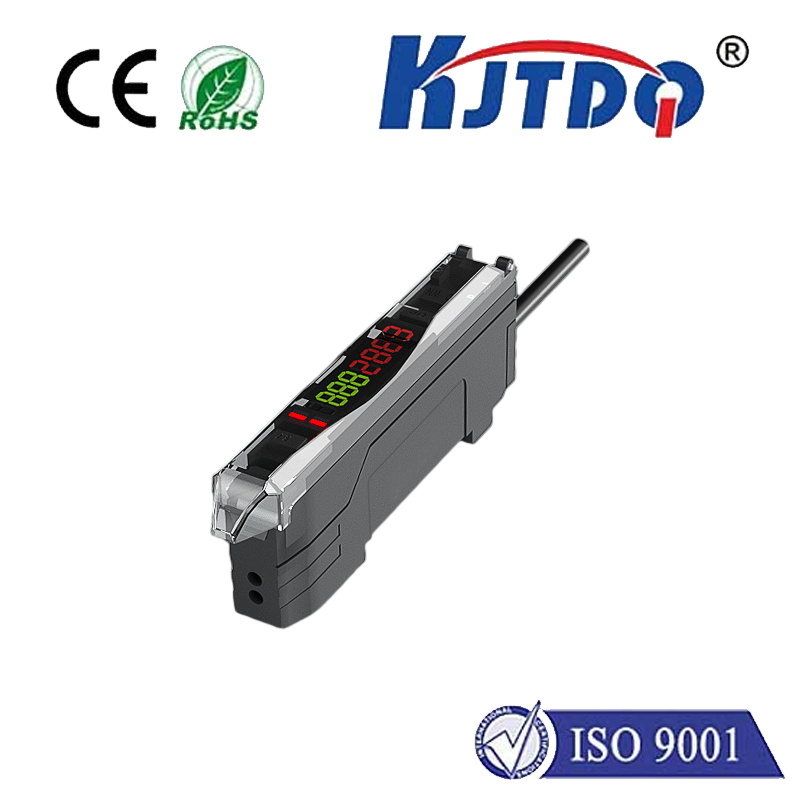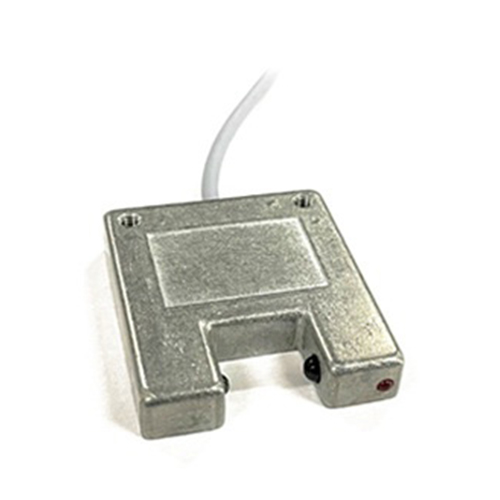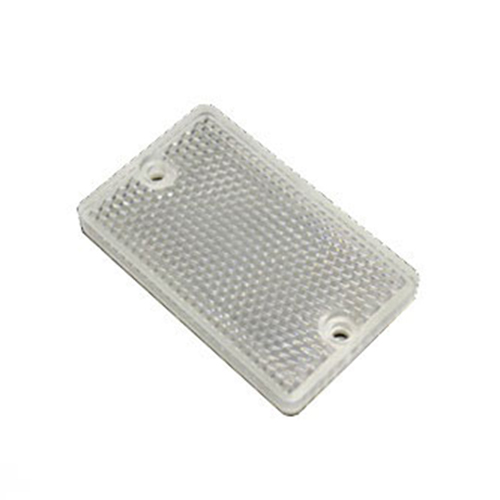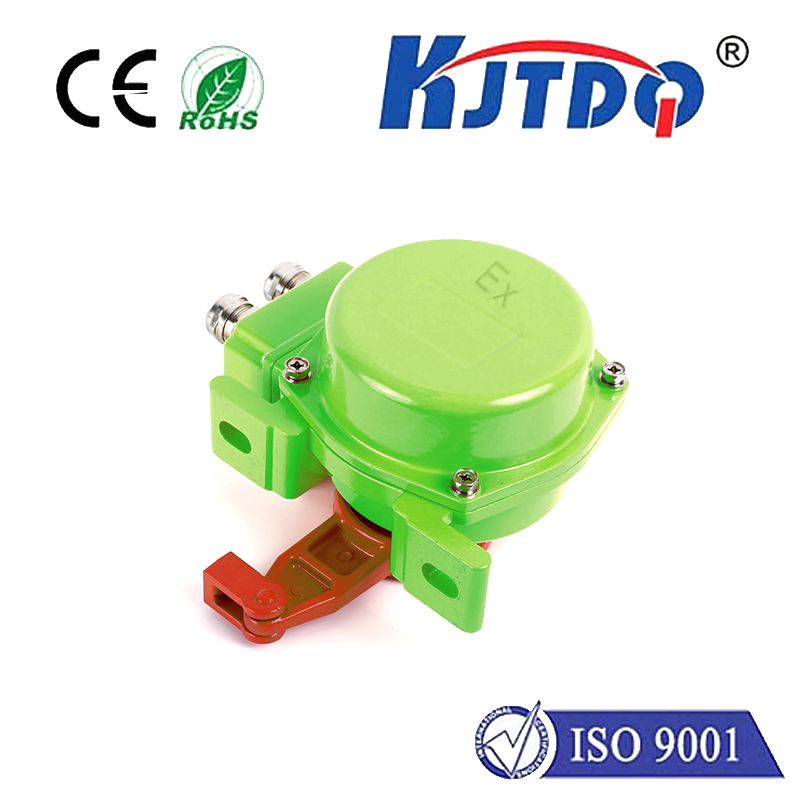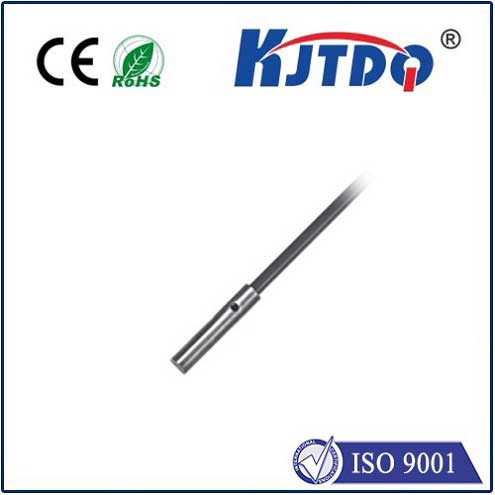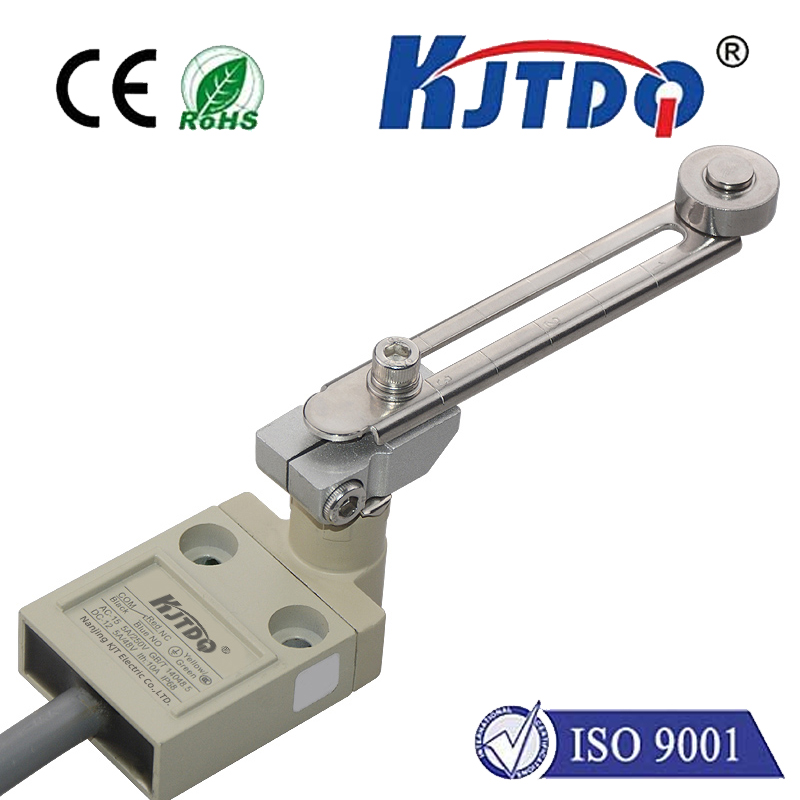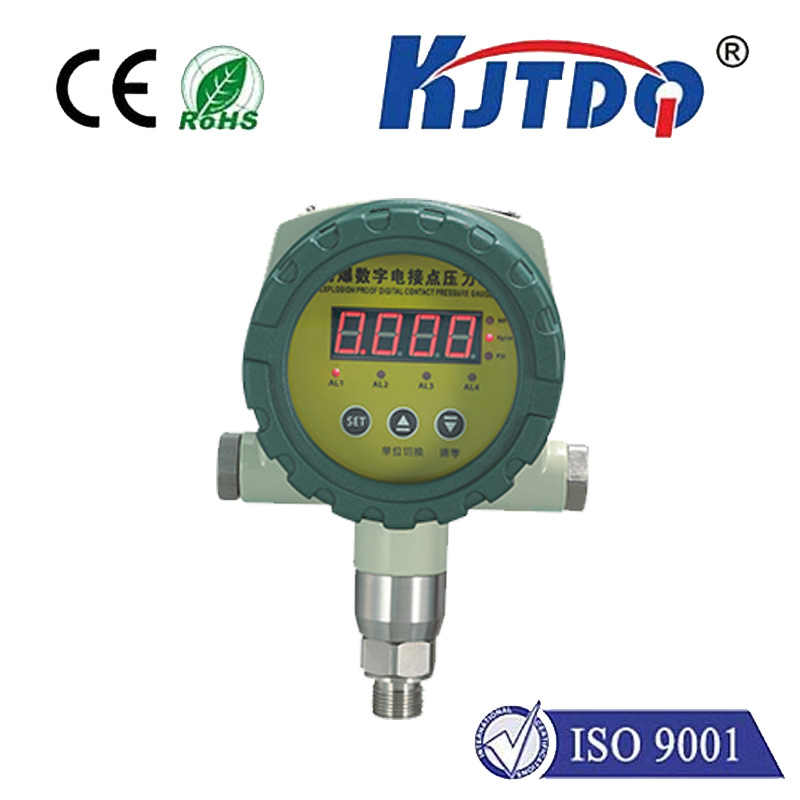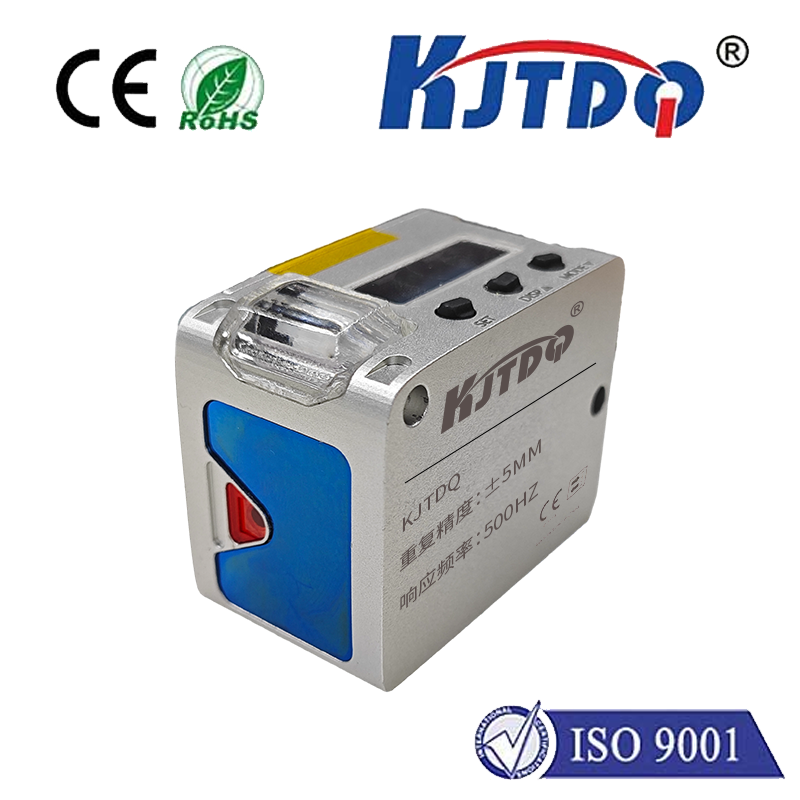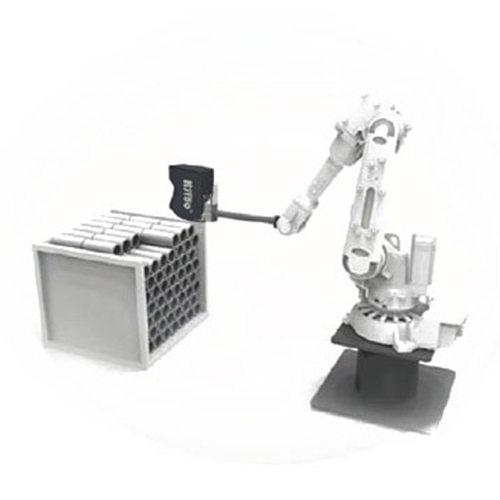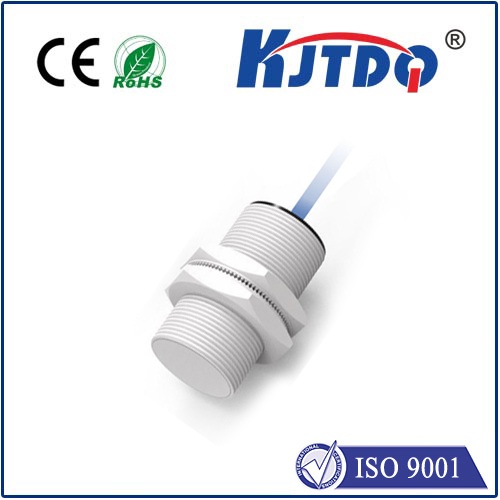

check

check

check

check

check

check

check

check

check

check
Imagine a high-speed production line, bottles whizzing by filled with sparkling liquid. A slight speed mismatch between conveyors could mean chaos – crashes, spills, costly downtime. How is such precise, instantaneous speed control achieved? Often, the answer lies unseen: the remarkable laser speed sensor. These sophisticated devices deliver unparalleled accuracy in measuring linear and rotational velocity without physical contact, becoming the silent guardians of efficiency and quality across countless industries.
Unlocking the Science: The Doppler Effect in Action
At the heart of most laser speed sensors lies a fundamental principle of physics: the Doppler effect. You experience this when a passing siren’s pitch changes. Similarly, when a laser beam strikes a moving surface, the light waves reflected back undergo a minute shift in frequency. This shift, imperceptible to the human eye, is directly proportional to the speed of the target surface relative to the sensor. The sensor’s highly sensitive optics and advanced signal processing electronics detect this subtle frequency change (Doppler shift) and translate it into an exact velocity reading. This non-contact measurement principle is crucial, eliminating friction, wear, and potential damage to delicate or fast-moving objects—a key advantage over traditional contact methods like tachometers.
Where Precision is Paramount: Core Industrial Applications

The unique capabilities of laser speed sensors make them indispensable in environments demanding extreme accuracy and reliability:
The Compelling Advantages: Why Choose Laser?
The widespread adoption of laser speed sensors is driven by a compelling set of technical benefits:
Navigating Selection: Key Considerations
Choosing the right laser speed sensor involves evaluating several factors:
The Future Focus: Enhanced Capabilities
Laser speed sensor technology continues to evolve. Key trends include the development of sensors capable of handling even lower reflectivity surfaces, enhanced resistance to environmental contaminants like dust mist, integration of onboard intelligence for initial signal processing and diagnostics, and the adoption of digital communication protocols for seamless Industry 4.0 integration, enabling predictive maintenance and deeper process analytics.
From ensuring the flawless synchronization of high-speed bottling lines to enabling breakthrough scientific research, laser speed sensors embody the power of light as a tool for precision measurement. Their non-contact nature, unparalleled accuracy, and versatility make them a cornerstone technology in modern industry and science. By harnessing the Doppler effect with sophisticated optics and electronics, these devices provide the critical rotational speed and surface velocity data that drives efficiency, quality, and innovation. In the relentless pursuit of motion control perfection, the laser sensor’s invisible beam remains an indispensable guide.
